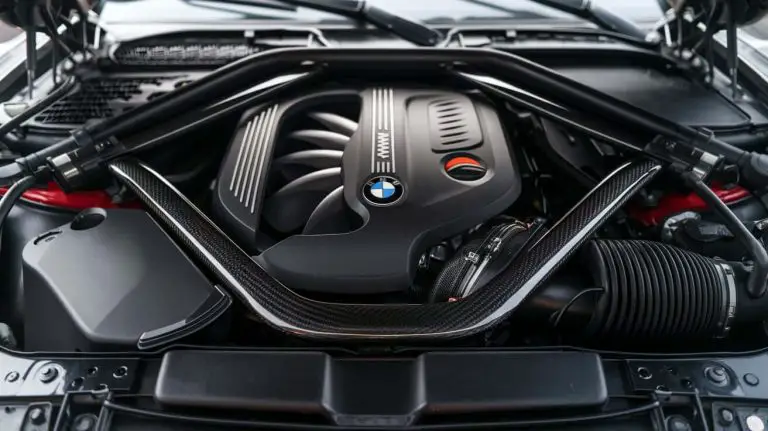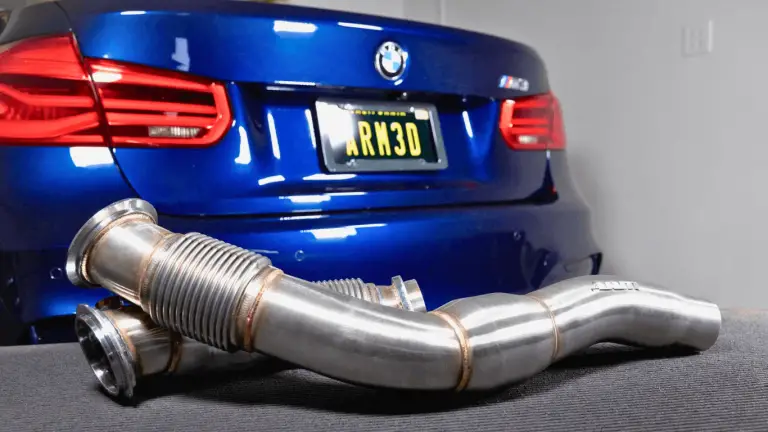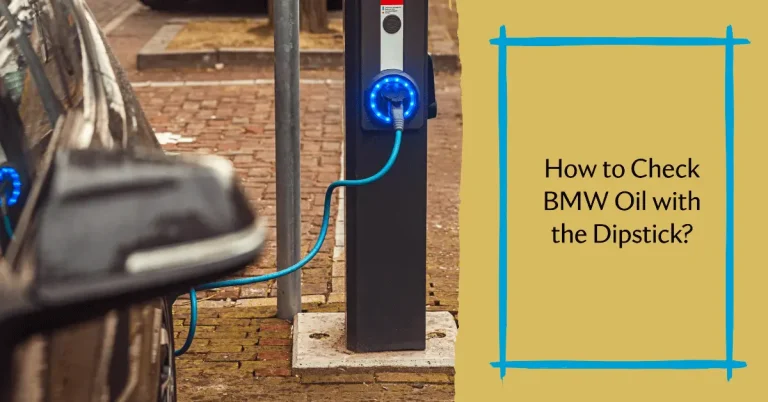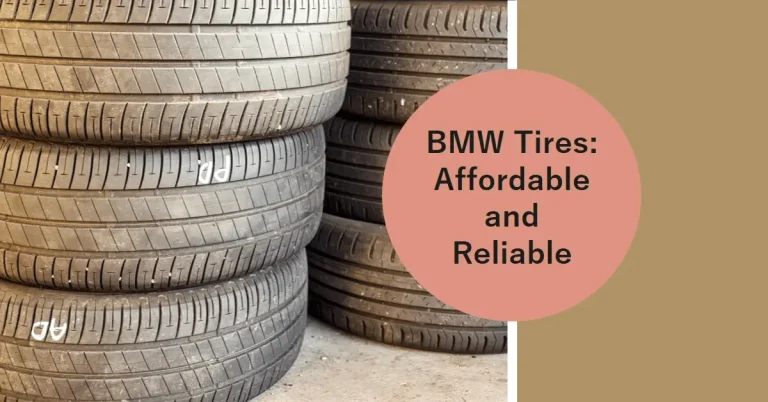How to Identify If Your BMW Has Adaptive Suspension?
Many BMW models come equipped with adaptive suspension, a feature that adjusts the car’s suspension settings based on driving conditions. Adaptive suspension can improve handling and ride comfort, but it can be difficult for drivers to determine whether their BMW is equipped with this feature. Fortunately, there are a few simple ways to check.
One way to determine whether your BMW has adaptive suspension is to check the car’s VIN number. By entering the VIN into a BMW VIN decoder, you can see whether the car was equipped with adaptive suspension when it was manufactured. Another way to check is to physically inspect the dampers and see if wires are attached. Additionally, you can check the iDrive settings to see whether there are options for adjusting the chassis and drivetrain, which is an indication that the car has adaptive suspension. By following these steps, drivers can determine whether their BMW is equipped with this advanced suspension system.
Understanding Adaptive Suspension
Adaptive suspension is a type of suspension system that automatically adjusts the damping of the vehicle’s shock absorbers to provide a smooth and comfortable ride. The system uses sensors to detect changes in the road surface and adjust the suspension accordingly to minimize the impact of bumps and potholes on the vehicle’s occupants.
Adaptive suspension systems are typically found in high-end luxury vehicles, such as BMWs, and are designed to provide a more comfortable and refined driving experience. The system uses a combination of mechanical and electronic components to adjust the damping of the shock absorbers in real-time, providing a smooth and responsive ride.
One of the key benefits of adaptive suspension is that it can provide a more stable and secure driving experience. The system can detect changes in the road surface and adjust the suspension accordingly, helping to reduce body roll and improve handling. This can be especially important when driving on winding roads or in inclement weather conditions.
To determine if a BMW has adaptive suspension, there are a few methods that can be used. One option is to check the vehicle’s VIN number using a BMW VIN decoder to see if the Adaptive M Suspension option has been added to the vehicle. Another option is to physically check the dampers to see if wires are attached. Finally, the iDrive settings can be checked to see if the Adaptive M Suspension option is available.
Overall, adaptive suspension is a valuable feature that can provide a more comfortable and refined driving experience. By automatically adjusting the damping of the vehicle’s shock absorbers in real-time, the system can provide a smooth and responsive ride, while also improving handling and stability.
Identifying BMW Models with Adaptive Suspension
Adaptive suspension is a technology that is becoming increasingly common in modern BMWs. It uses sensors to detect the driving conditions and adjusts the suspension travel and damping accordingly. This results in improved handling and ride quality. If you are wondering whether your BMW has adaptive suspension, you can follow these steps to find out.
BMW Model Year
The first step in identifying whether your BMW has adaptive suspension is to determine the model year of your car. Adaptive suspension was first introduced in BMWs in 2001, so any BMW manufactured after that year has the potential to have adaptive suspension. However, it wasn’t until 2009 that adaptive suspension became a standard feature on all BMW models.
BMW Series
The next step is to determine the series of your BMW. Adaptive suspension is available on a range of BMW models, but it is not standard on all of them. Here is a breakdown of which BMW series are most likely to have adaptive suspension:
- 1 Series: Adaptive suspension is available on the 1 Series as part of the M Sport package.
- 2 Series: Adaptive suspension is available on the 2 Series as part of the M Sport package.
- 3 Series: Adaptive suspension is available on the 3 Series as part of the M Sport package. It is also standard on the 340i and M3 models.
- 4 Series: Adaptive suspension is available on the 4 Series as part of the M Sport package. It is also standard on the M4 model.
- 5 Series: Adaptive suspension is available on the 5 Series as part of the Dynamic Handling package. It is also standard on the M5 model.
- 6 Series: Adaptive suspension is standard on the 6 Series.
- 7 Series: Adaptive suspension is standard on the 7 Series.
- X Series: Adaptive suspension is available on a range of X Series models as part of the Dynamic Handling package. It is also standard on the X5 M and X6 M models.
In summary, if you have a BMW manufactured after 2001, there is a good chance it has adaptive suspension. To determine whether your specific model has adaptive suspension, you should check the M Sport package or Dynamic Handling package options.
Features of BMW Adaptive Suspension
BMW Adaptive Suspension is an electronically controlled damping system that adjusts the suspension according to various sensor inputs. This system is designed to provide a smooth and comfortable ride while also delivering a sporty and dynamic driving experience. Below are some of the features of BMW Adaptive Suspension.
Driving Modes
BMW Adaptive Suspension offers three driving modes: Comfort, Sport, and Sport+. The Comfort mode is designed to provide a smooth and comfortable ride, while the Sport mode is designed to deliver a more dynamic driving experience. The Sport+ mode is the most aggressive mode and is designed for high-performance driving on the track.
Suspension Adjustment
The BMW Adaptive Suspension system uses sensors to adjust the suspension according to various inputs, such as vehicle velocity, lateral acceleration, and suspension movement. This allows the system to adjust the suspension in real-time, providing the best possible ride and handling.
Ride Comfort
One of the key features of BMW Adaptive Suspension is its ability to provide a smooth and comfortable ride. The system is designed to absorb bumps and vibrations in the road, ensuring that passengers are not jostled around. Additionally, the system can adjust the suspension to provide a more comfortable ride on long trips.
In summary, BMW Adaptive Suspension is a sophisticated system that offers a range of features designed to provide a smooth and comfortable ride while also delivering a dynamic driving experience. With its three driving modes, suspension adjustment capabilities, and focus on ride comfort, BMW Adaptive Suspension is a great choice for drivers who want the best of both worlds.
Checking Vehicle Documents
One of the easiest ways to determine if a BMW has adaptive suspension is to check the vehicle documents. The car’s manual, registration, or service records may indicate whether the car has this feature.
If the car was purchased new, the original window sticker or invoice may also list the adaptive suspension as an option. This information is usually available in the “optional equipment” or “features” section of the document.
In addition, the BMW VIN decoder can provide detailed information about the car’s features and options. The VIN decoder is a tool that can be found online and can provide a detailed breakdown of the car’s specifications, including whether or not it has adaptive suspension.
It is important to note that while checking the vehicle documents can be a quick and easy way to determine if a BMW has adaptive suspension, it may not always be accurate. The documents may not reflect any aftermarket modifications that have been made to the car, and some owners may not have kept their records up to date.
Overall, checking the vehicle documents is a good first step in determining if a BMW has adaptive suspension, but it should not be relied on as the sole source of information.
Professional Inspection
If you want to be absolutely sure whether your BMW has adaptive suspension or not, the best thing to do is to take it to a professional mechanic or dealership. They have the expertise and tools necessary to inspect your vehicle and determine whether it has adaptive suspension or not.
During a professional inspection, the mechanic or technician will likely perform a visual inspection of the suspension components and check for any signs of adaptive suspension, such as electronic dampers or sensors. They may also use diagnostic tools to check for any fault codes related to the suspension system.
It’s important to note that a professional inspection may come with a cost, so it’s best to check with your local mechanic or dealership beforehand to see if they offer free inspections or if there is a fee associated with the service.
Overall, a professional inspection is the most reliable way to determine whether your BMW has adaptive suspension or not, and can provide peace of mind for those who want to be absolutely certain.
Conclusion
In conclusion, determining whether a BMW has adaptive suspension can be done through various methods. The most reliable method is to check the VIN number through a BMW VIN decoder to see if the Adaptive M Suspension option has been added to the vehicle. Another way is to physically check and see if wires are attached to the dampers. Finally, checking the iDrive settings can also give insight into whether the car has adaptive suspension.
It is important to note that adaptive suspension is not a standard feature on all BMW models. It is typically found on higher-end models or as an optional feature on certain models. Therefore, it is important for BMW owners to check their vehicle specifications or consult with a BMW dealer to determine if their car has adaptive suspension.
If a BMW owner does have adaptive suspension, they should be aware of common issues that may arise, such as problems with the electronically controlled damping system. It is recommended that any issues with adaptive suspension be addressed promptly by a qualified BMW technician to ensure optimal performance and safety.
Overall, determining if a BMW has adaptive suspension requires some investigation, but with the right resources and knowledge, it can be easily determined.







